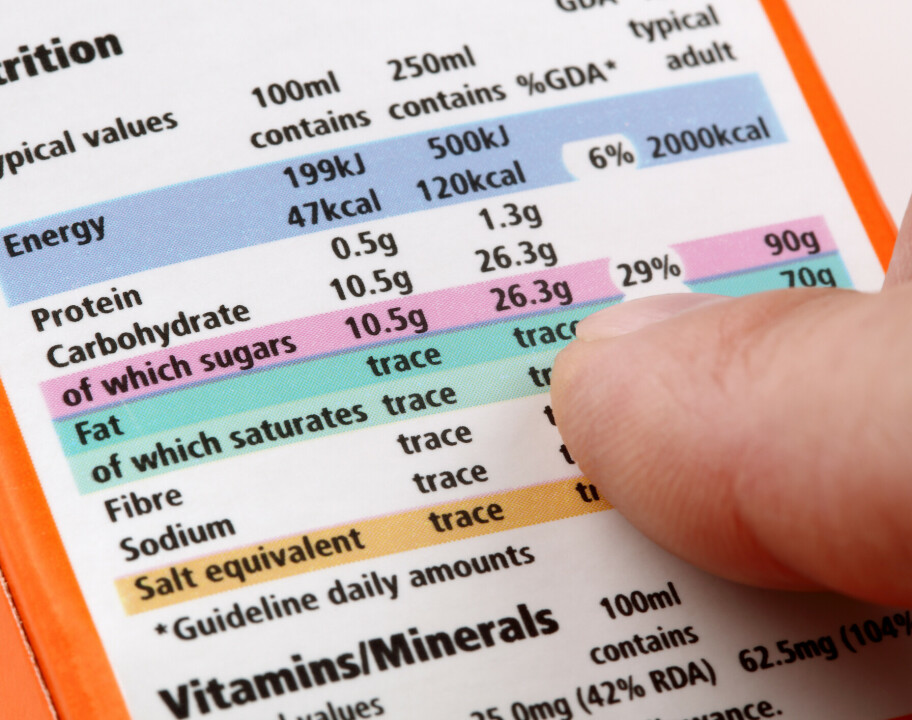A few years ago, in 2013, parts of Europe experienced what was called the “Horse Meat Scandal”. This was a huge issue at the time. What happened was that foods advertised as beef actually contained horse meat – often making up as much as 100% of the meat in the product. On top of this, a smaller number of foods contained pork instead of the advertised beef. While the undeclared and improperly declared meat did not pose a substantial health risk, the falsely advertised food generated lots of consumer complaints.
The source of the horse meat was traced to a slaughterhouse in Romania. Investigations showed that the meat that left the slaughterhouse was correctly labelled as horse meat. Distributors further down the chain claimed that the meat they received was labelled “beef” and that they labelled it accordingly after processing. It was reported that one of the distributors in the chain had falsified the documents regarding the horse meat.
Muslim and Jewish consumers were outraged at the idea that they had eaten pork and horse meat unknowingly. According to their religions, pork and horse meat are forbidden for consumption. On a wider scale, consumers and businesses lost trust in those that they bought from. Sales of frozen hamburgers fell as much as 43%. Whether or not people were okay with consuming the meat seemed to be a secondary concern to the main issue of false advertising – something that it seems could really hurt a business’s reputation.
Meat wholesalers who were found to be selling horse meat were under intense scrutiny. A Dutch wholesaler was arrested for his involvement along with the business’s interim director. Intentional mislabeling or not, distributors should be held accountable for negligence as well.
From this debacle, it should be obvious why proper food labelling is very important. From an ethical standpoint, there is always a moral obligation to truthfully reveal what a food item may contain. From a purely business standpoint, we can see that once the falsehoods are revealed, you lose trust – and trust is important for maintaining a relationship with your buyers.
Preventing such kinds of fraud and/or negligence is the role of food labels. It’s important for consumers to rely on food labels to tell them exactly what they are buying. That brings us to the basics of food labelling.
General characteristics of food labelling
Something that everyone is aware of is the “Ingredients” section of food packaging. It is a list of all the ingredients in a product. Tied to this section are the allergen warnings and nutritional information. Just these little bits of information give consumers an understanding of what a product contains as it pertains to their health and lifestyle. Health-conscious individuals may carefully monitor the number of calories and nutrients they consume. Individuals with dangerous allergies would be very thankful that a product’s packaging warns them of potentially harmful ingredients. Certain cultures and religions do not consume certain products. It is unethical to withhold information about what a product contains just to trick them into buying things they wouldn’t have otherwise.
Food labels should generally also contain information related to the usage of the product. How should the product be stored? How long should it be kept in the shelves or in the homes? A lot of food wastage can be attributed to date marking. Internal identification such as product and/or batch number as well as manufacture date are all important things in the verification of food products. Some items may need cooking instructions. After all, not everyone may know how to use your product.
Almost all food items contain the above basic information on their labels. However, there’s more information that a food product can contain, oftentimes adding to the product’s marketing. Food labels often identify a product. It can tell you who made the product and where it comes from. This has the advantage of branding. Buyers can be drawn to a brand that they trust, and labels are an identification of that brand.
While branding can certainly tell you who made the product, they can also emphasise where the product was made. Labels that clearly indicate which country a product comes from may influence the behaviour of consumers. People unconsciously attach qualities and characteristics to different geographical locations and labelling can help them associate those locations with the product. Products made locally may garner favour with some consumers as well. A sense of community and patriotism can be leveraged with the product to attract those who prefer to shop locally.
The bottom line of all of this: Food labels should truthfully and accurately explain what a food product contains and how to prepare it.











